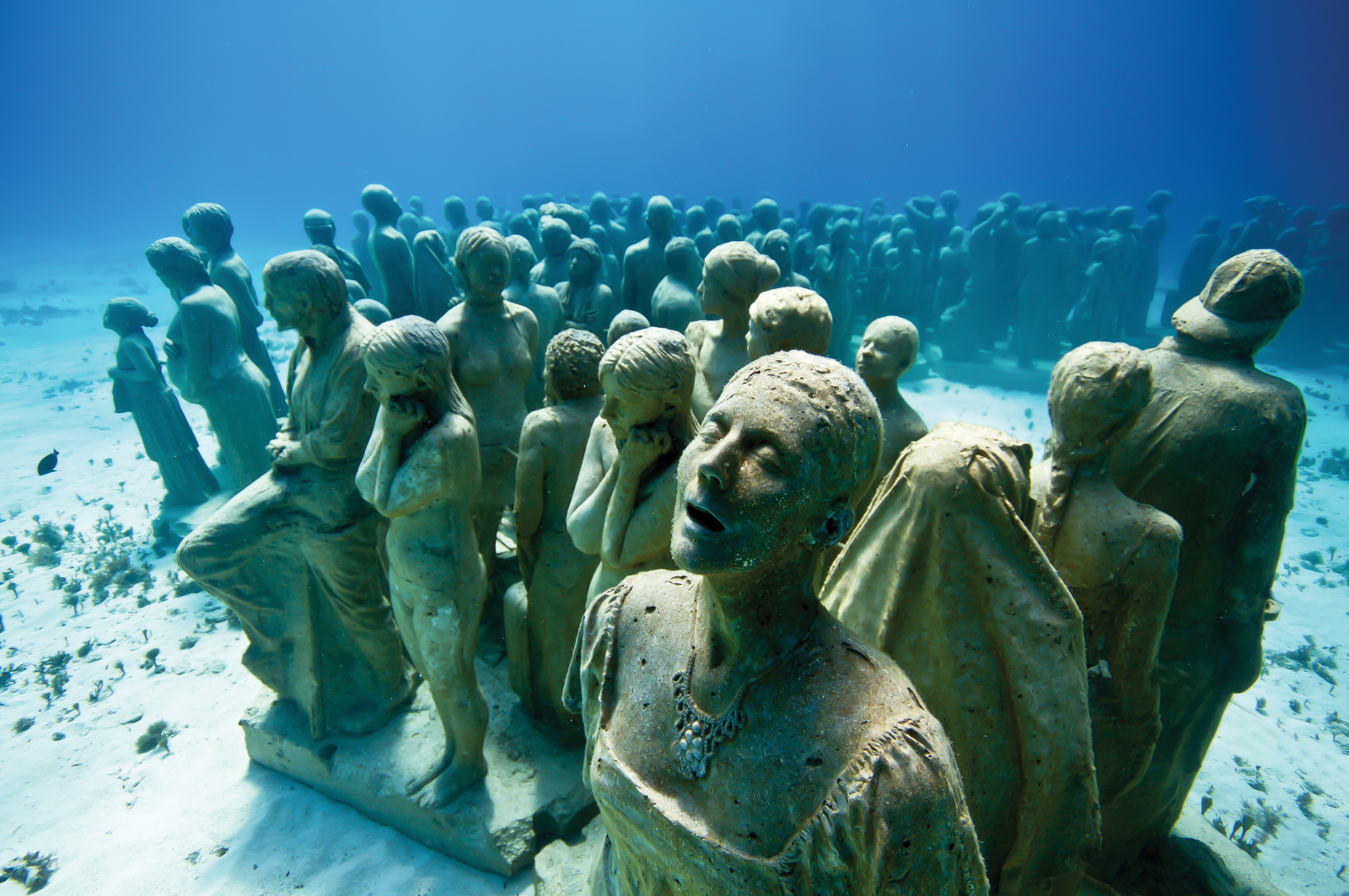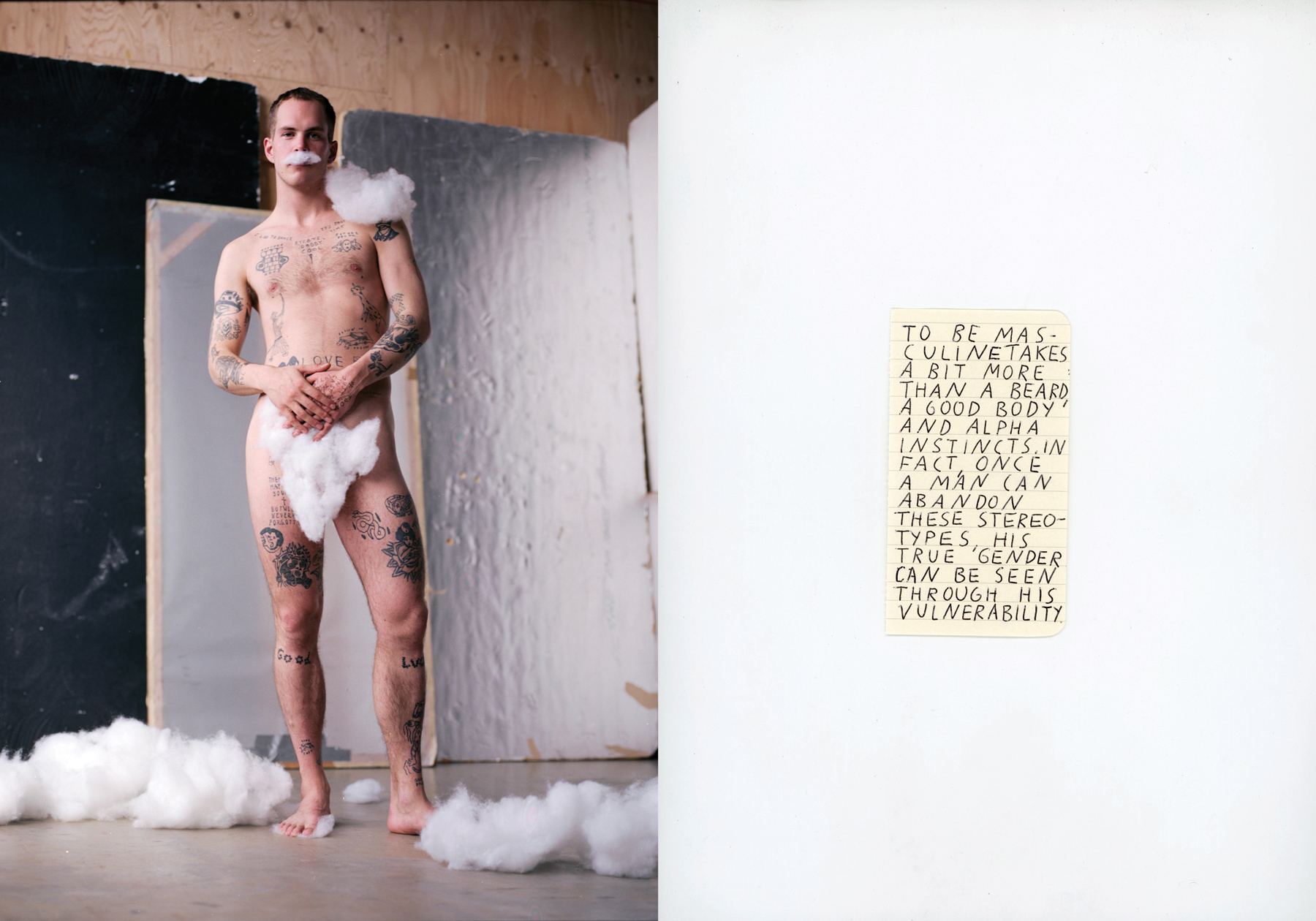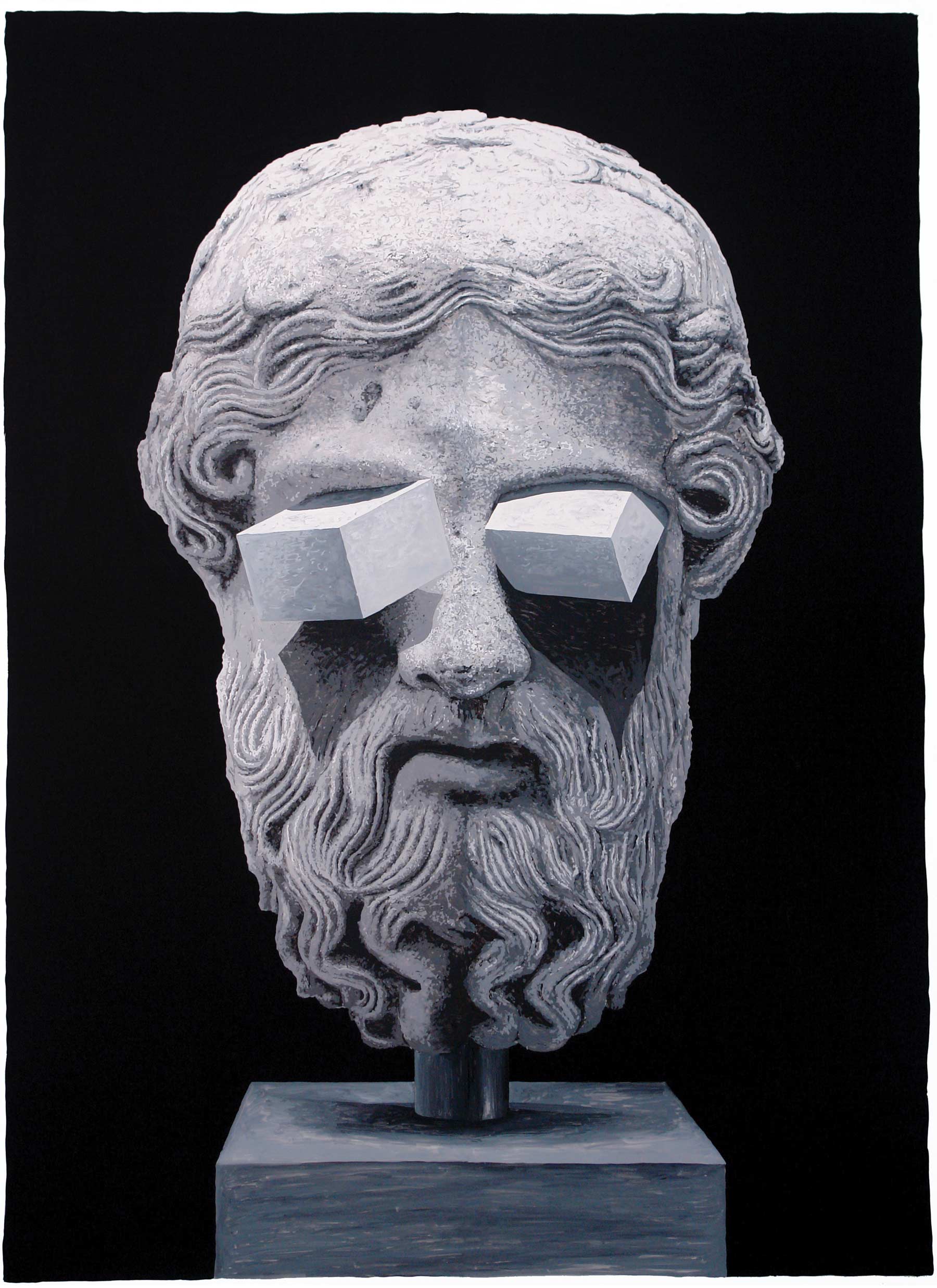Silence is not the lack of sound but perhaps the space between words where the story can be transfigured into a version with a better ending. When a woman does not contact her lover, it is not because she does not have anything to say, not because she does not desire to, not because she does not still love him. Rather, the silence is just the space between the words, where the words are held back like a river by a dam from its natural flow, because memory threatens to flood the moment, leaving only destruction in its wake.
As Marina sat solo in the atrium at MOMA, the chair that was left “empty” for visitors was in fact inundated in memory. Though the title of the exhibition, The Artist is Present, suggests her isolation in the performance, it was the absence of Ulay—Marina’s long-time partner in love, life and art—that haunted the numerous companions that attempted to fill the space left by the emptied chair. The Artist is Present reimagined Marina and Ulay’s previous series, Nightsea Crossing, which featured the couple on either ends of a long table seated, silent, facing each other. The space between them filled with whatever each artist brought to the table that day. Their co-presence sustained one another. It was in this public silence that the partners could not hide whatever underlying narratives plagued their private lives. One particular iteration of Nightsea Crossing seemed to presciently signify the rupture of the artists’ relationship as Ulay stood up and left the table early, leaving Marina, who chose to finish the performance, in solitude.
Alone again, Marina’s performance during The Artist is Present stood in stark contrast to the previous repertoire of Relation Works that the partners performed together commencing with Relation in Space and culminating in The Lovers: The Great Wall Walk. After their performed parting on the Great Wall of China in 1988, the couple severed their personal, romantic, and artistic involvement.
"Even when the chair was filled, a void seemed to persist in the space around them, in the height of the atrium, and the breadth of rope barriers."Marina Abramovic
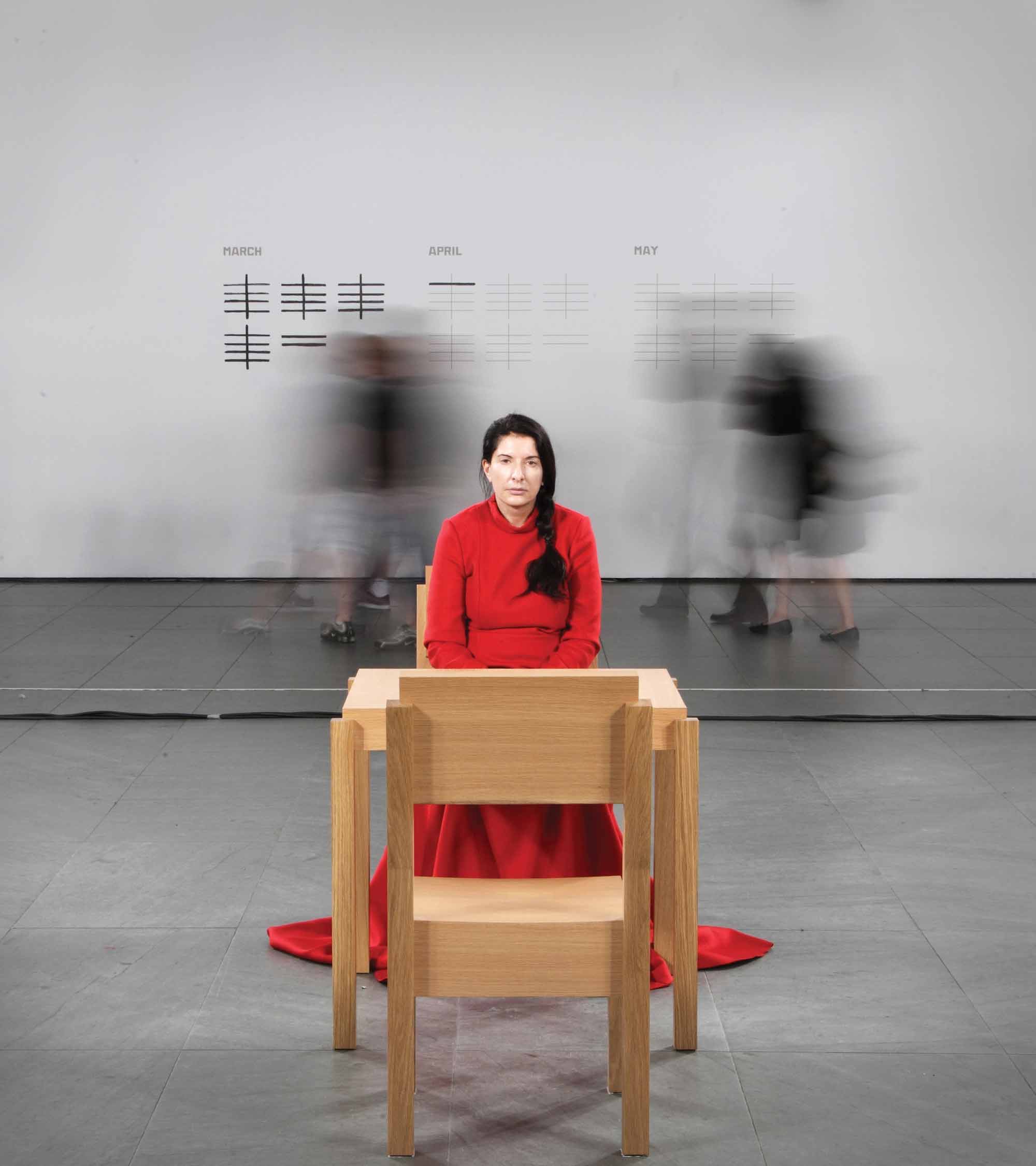
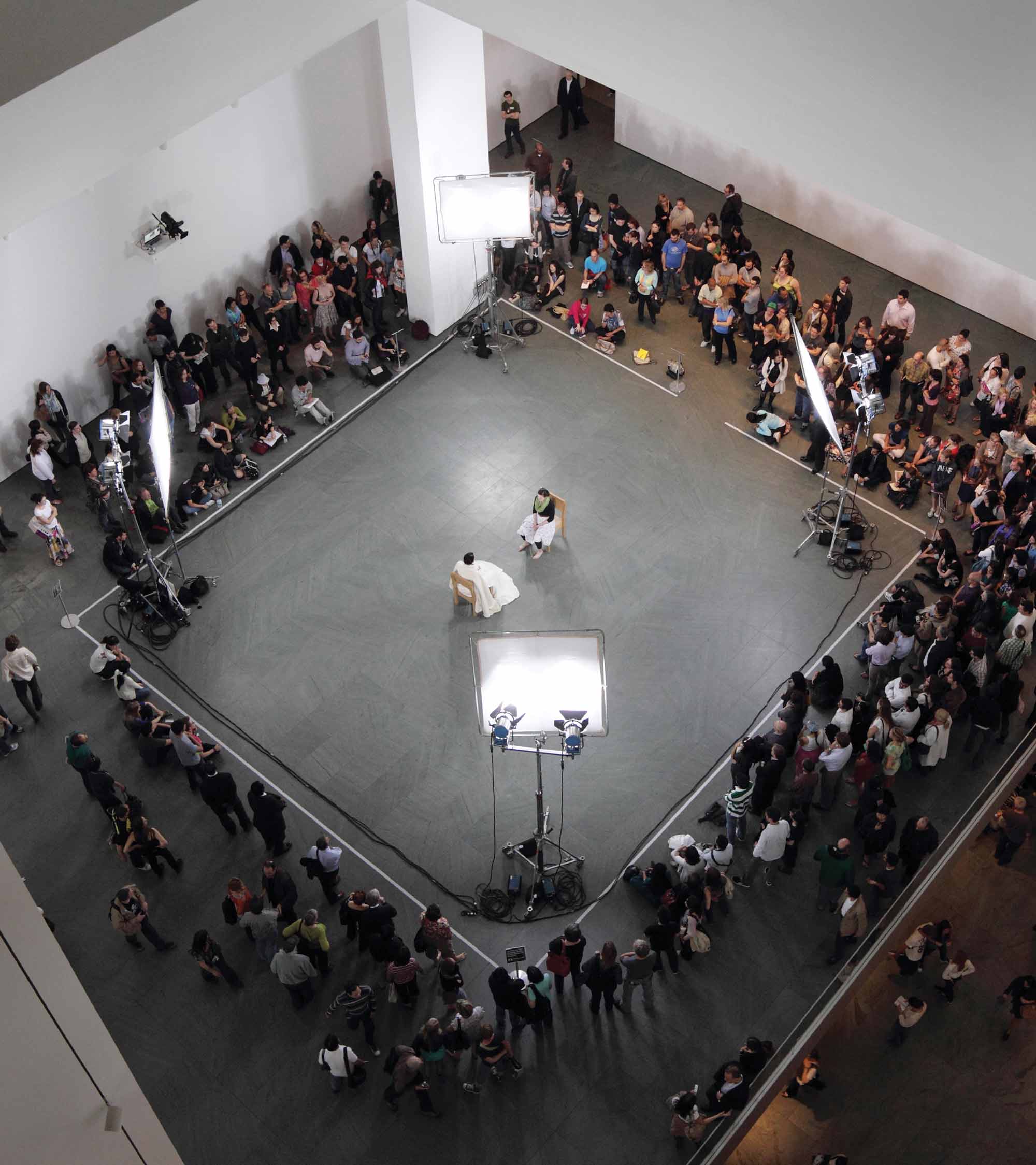
The Artist is Present was as much about Marina’s presence as it was about Ulay’s absence. Her past solo works, notably Rhythm 0 and Lips of Thomas, challenged the role of the spectator as actor, as her life was threatened and audience members chose to intervene. Alternatively, this performance invited audience members to directly engage in the performance by sitting silently across from the artist. While Nightsea Crossing challenged the limits of true collaboration between two people who shared a long, intimate, and personal relationship, The Artist is Present asked audience members to enter into an equal level of intimacy with the artist. This request was made despite the heightened spectacle of the performance framed by lights, cameras, and media. Even when the chair was filled, a void seemed to persist in the space around them, in the height of the atrium, and the breadth of rope barriers.
Marco Anelli’s collection of photographs, Portraits in the Presence of Marina Abramovic, does not focus on the empty space between the artist and the sitter, or the void that engulfed them, but rather on the affective response created by that space. The portraits of the sitters are framed and cropped like passport identification photos offering little more than what the eye could see as a marker of identity. They are detailed, specific, and honest. The proximal view offered by the camera’s zoom lens offers an intimacy that perhaps only Marina, as The Artist, enjoyed.
Anelli takes on the role of The Artist by offering a view of what Marina would have witnessed during her performance. His recent exhibition at Fondazione FORMA per la Fotografia, titled In your eyes—716 hours, 3,090 eyes, Portraits in the Presence of Marina Abramovic underscores this exact notion. What Anelli’s compilation does not allude to are the various other sets of eyes looking on, as the primary and secondary media coverage of the event outlived the duration of the exhibit itself. The exhibition drew a wide audience of both dedicated fans and novices alike. The performance invited anyone who had the discipline to wait long enough to sit in the empty chair to do so. It did not discriminate based on previous history or future inclinations. Instead, the performance invited audience members to bring themselves to the present as well.
The online Flickr account, to which Anelli uploaded his pictures every night, does not feature special captions to name the sitters. Rather, the caption merely states the day, the portrait number, and the amount of time each sitter occupied the space. Anelli does not go to extra lengths to identify those who would be considered “celebrities.” Instead, the mass of portraits both distinguishes each sitter as an infamous individual and equalises them all as a collective. Yet, it was Marina’s ability to hold the space for each individual to be seen as an individual that transformed this public display into many private moments.
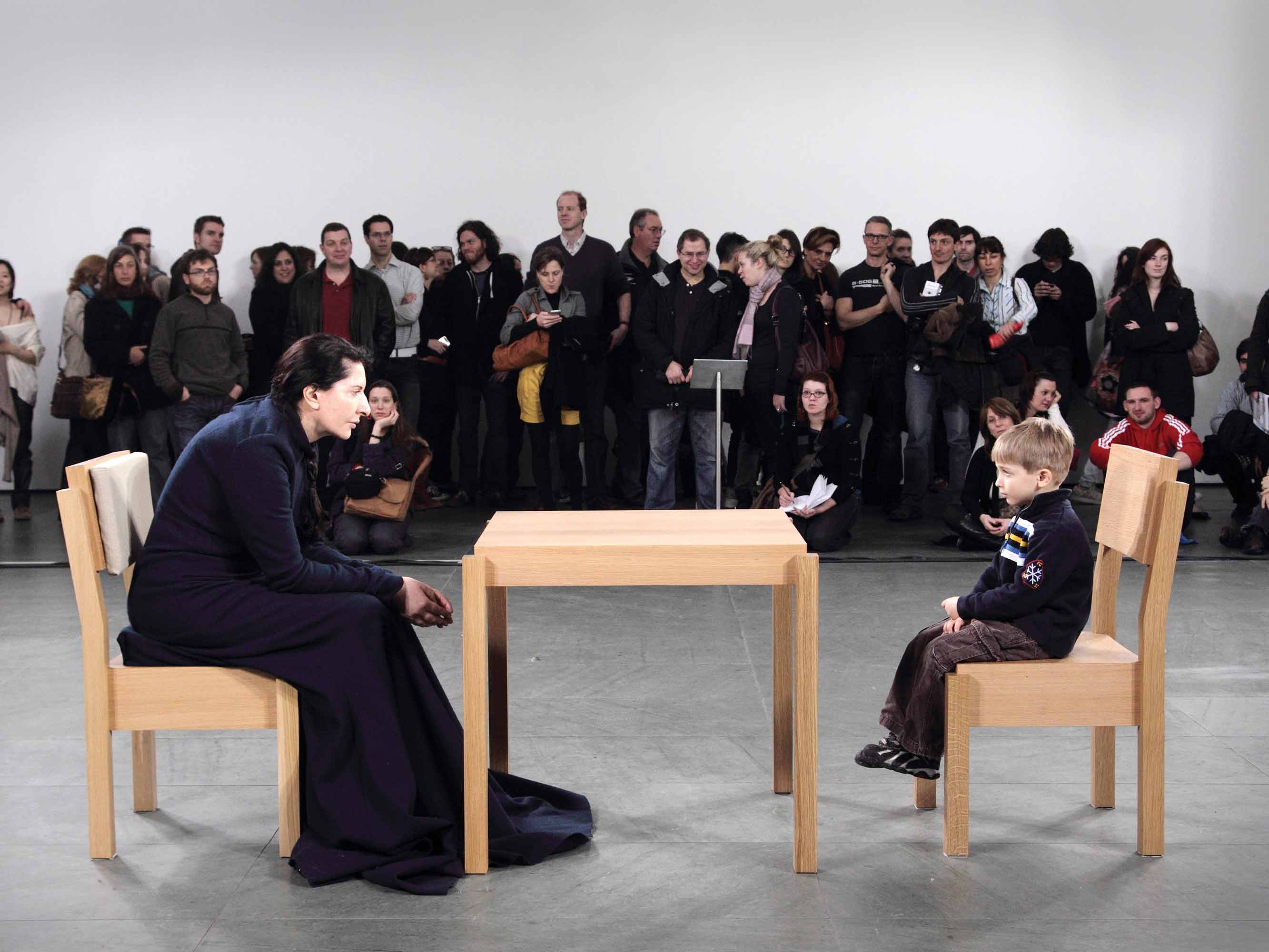
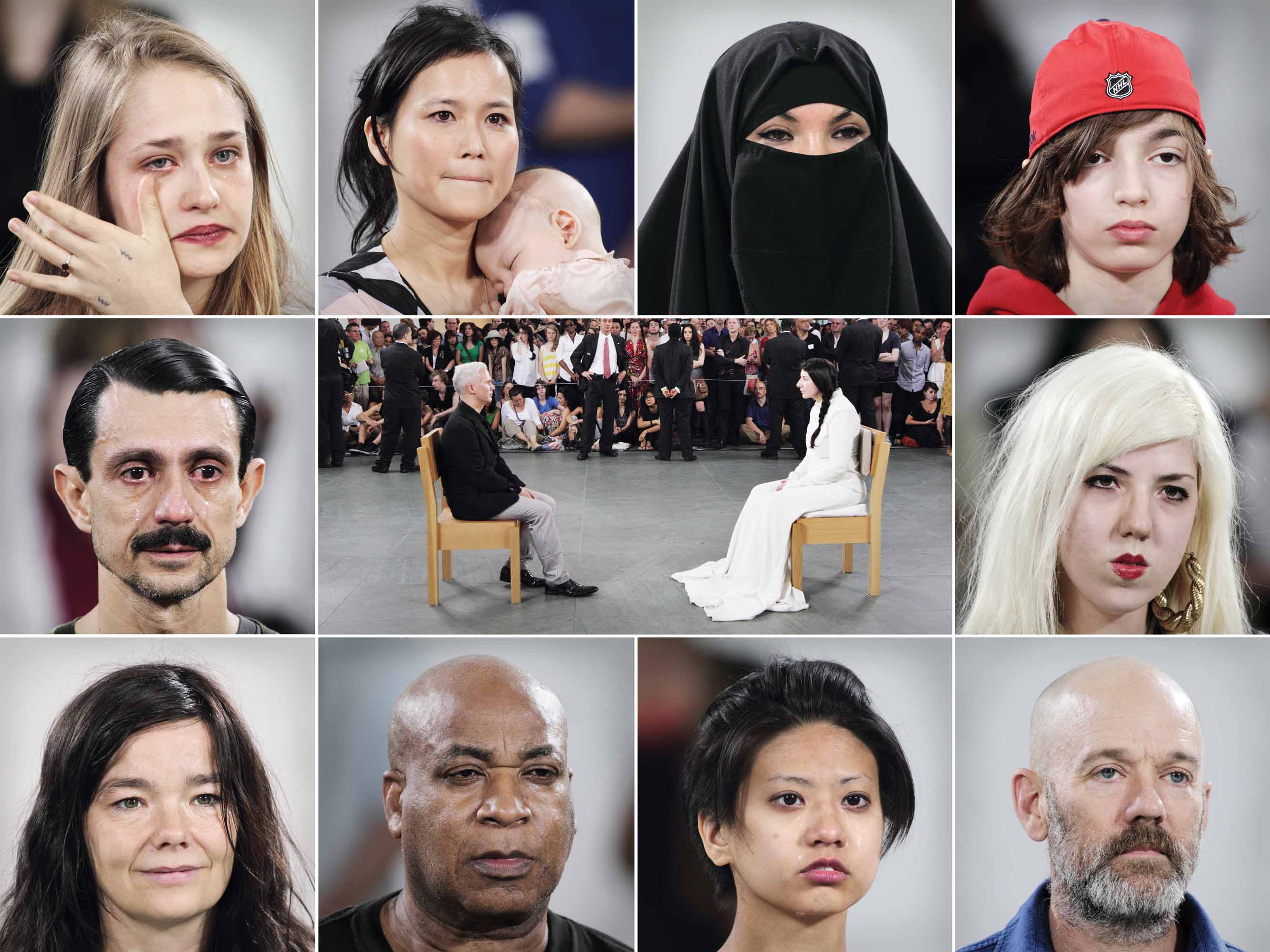
From the 1,545 portraits taken during the 75 days of the exhibit, 82 of them were collected to appear on a Tumblr site titled Marina Abramovic Made Me Cry. The site features a wide range of gender, age, and racial identities united by the fact that tears were shed in the presence of Marina Abramovic. The artist has written extensively about the energy exchange that takes place between two people who share the same physical space drawing on both her study of ascetic Tibetan meditation practices as well as Aboriginal ritual. However, this Tumblr site curates a particular response that these 82 sitters shared. While some portraits feature furrowed brows, others exhibit wrinkles at the corners of the eyes, suggesting that the tears shed were not necessarily all invoked by sadness. Yet, there still seems to a melancholia that unites the portraits. There is something missing from the photographs that cannot effectively transmit the potent affect in the empty space between the sitter and the artist; what did each of Marina’s new companions bring to this table?
In the end, the table was removed, and the rules of the performance were shifted slightly as the 1,545 sitters occupied the empty chair, and again left it vacant. The performance was a test of endurance. It was a testament to Marina’s obdurate presence as contrasted with the sitters who came and went capriciously only filling the empty seat for a brief period of time.
Day 1, Portrait 3, 5 min, documents Ulay’s presence for a few brief moments at the opening of the exhibition. While the ex-lovers had spent some time together earlier that day, the staged reunion of the couple drove Marina, herself, to tears. She reached across the table, into the void, breaking her own rules for the piece, and grasped Ulay’s hands as the crowd of spectators broke into applause. The moment was fleeting. She gently bowed her head, and cleansed her vision, awaiting the many sitters who would follow. Her story was now that of those who filled the space: of one, and the same.
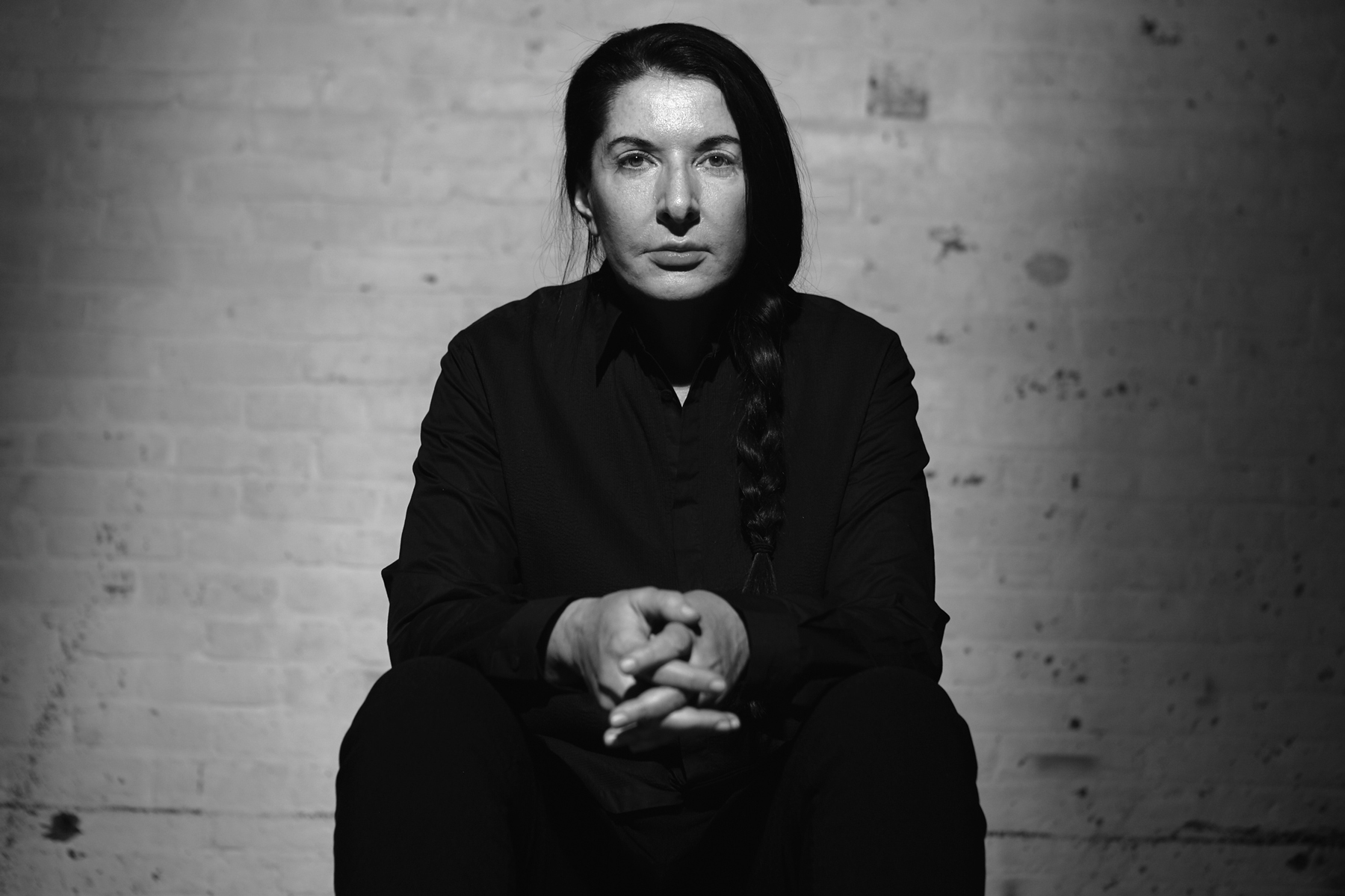
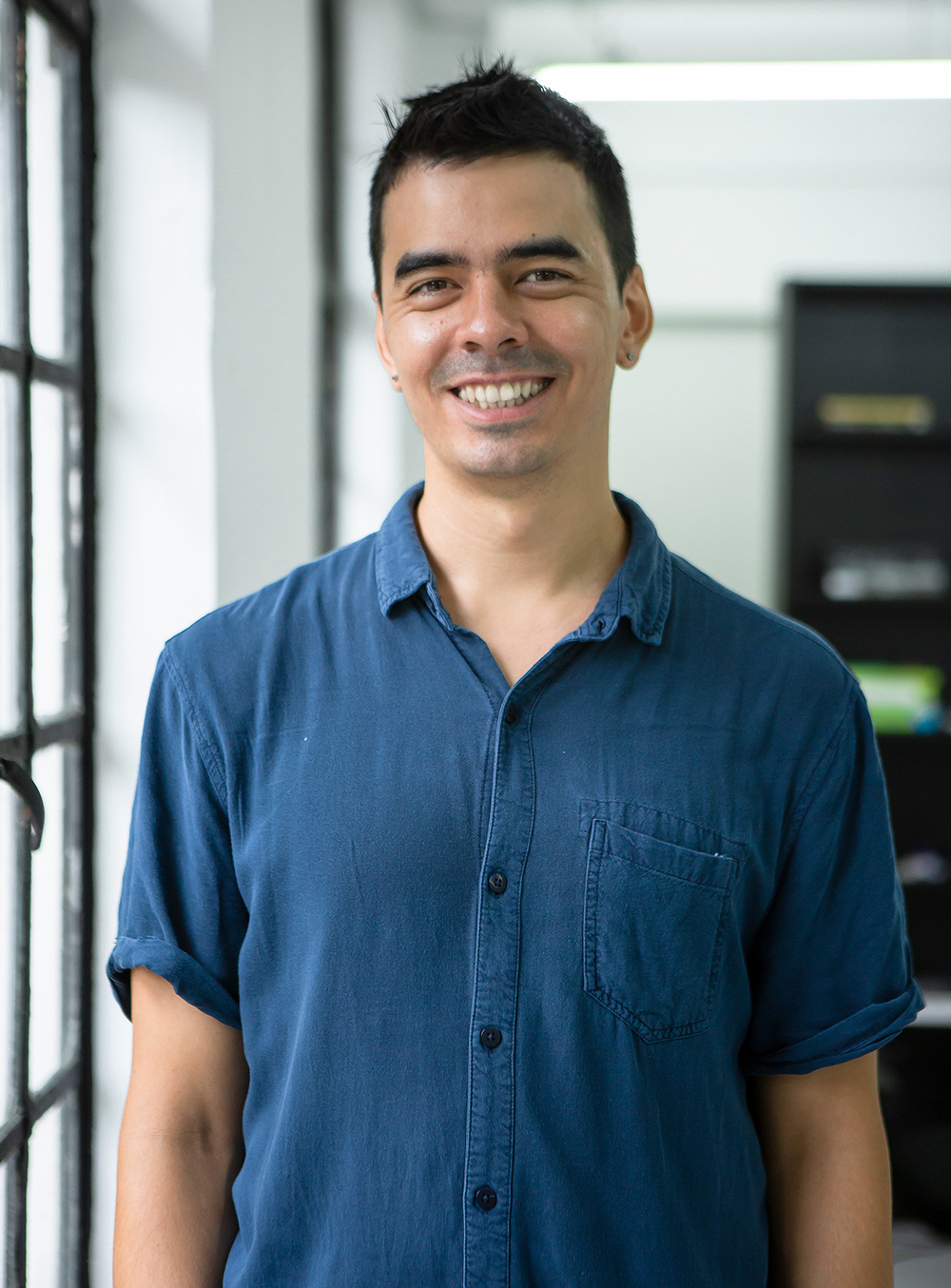
.-performed-at-museum-macan--2020.-image-courtesy-of-museum-macan-(3).jpg)
